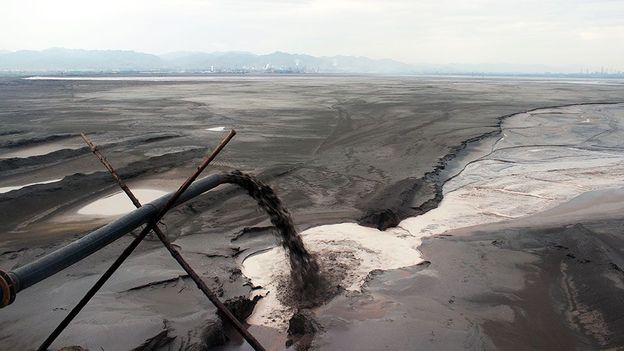@
Endymio OK, granted thsat lithium could be created during the fusion process. But, it's not really stable, and neither is beryllium The reaction chains you're showing are leading to helium. Obviously most of the lithium is consumed in the process.
Now, with respect to "red stars", these have very low surface temperatures, on the order of maybe 5000 C. Consequently, the fusion is much less energetic, and it would be much more so in a higher temperature blue white star..I would speculate that not all of the lithium would be reacted.
All this is fine in theory, but you still run into the impossibility of getting it here, should we run out. I believe you're correct that it only takes a star of 10 solar masses to "nova". A "supernova" requires something more on the order of 100 solar masses to occur.
The most intriguing thing about extremely high mass stars, is that they are very short lived. At the 100 solar mass point, a star's life is only about 160.000 years. At the end of the fusion chain, it will fuse all its silicon in about 1 day..!
Basically the fusion chain leading up to the tri alpha cycle, is a "count by twos", affair, and atoms with 3 or 5 protons, are more or less, out of the loop.
Here on earth, elements 1, 6, & 8, (hydrogen carbon, & oxygen, are likely the most plentiful, and oddly, all life is more or lass based on them.. #7, nitrogen is fairly non reactive. (And yes I'm aware of nitrates,and nitrides)
So, all I had was a short survey course in astronomy, so if you feel the need to fact check any of this, feel free.



